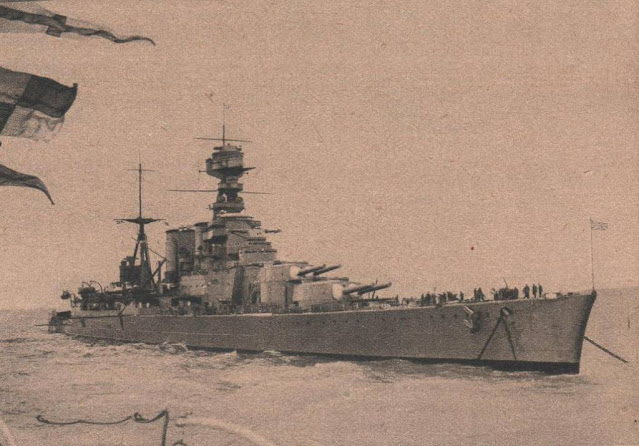Naval history is filled with warships that were hailed as engineering marvels before they ever touched water. Designed with cutting-edge technology and powerful weaponry, these ships promised to dominate the seas. But once deployed, many fell far short of expectations. From fatal design flaws to poor strategic use, here are some warships that looked like winners on paper—but ended up performing poorly in reality.
HMS Hood (United Kingdom)
When launched in 1920, HMS Hood was the pride of the Royal Navy. A battlecruiser with impressive speed and firepower, she was believed to be nearly invincible. But her protection—particularly her deck armor—was outdated by World War II. In 1941, during a battle with the German battleship Bismarck, one shell penetrated her armor and detonated her magazine. She exploded and sank in minutes, taking over 1,400 sailors with her. Hood’s demise showed that speed and offensive power couldn’t make up for inadequate protection.
USS Independence-class Littoral Combat Ships (United States)
Designed for flexibility and close-shore operations, the Independence-class Littoral Combat Ships (LCS) were meant to revolutionize naval warfare. With sleek, trimaran hulls and modular systems, they looked futuristic. But in reality, they were plagued by engine failures, cost overruns, and maintenance nightmares. Their modular mission packages didn’t work as planned, and the ships lacked survivability in real combat. Many were decommissioned early, making the program a costly lesson in overambitious naval design.
Japanese Aircraft Carrier Taihō
The Japanese carrier Taihō was built to withstand the kind of punishment that had sunk earlier carriers like Akagi and Kaga. With armored flight decks and improved protection, it was considered a next-generation warship. But at the Battle of the Philippine Sea in 1944, a single torpedo from a U.S. submarine damaged her fuel systems. Leaking aviation fuel fumes eventually ignited, and Taihō was destroyed by an internal explosion. The lesson: even armored carriers are vulnerable without proper damage control and internal safety systems.
